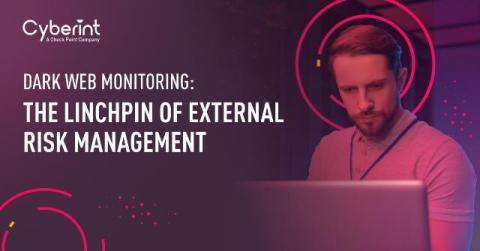Navigating the Risks of TCP 445: Strategies for Secure Network Communication
In the intricate matrix of network communications, TCP port 445 stands as a crucial node, facilitating the swift and efficient exchange of resources like files and printer services between computers on the same network. Yet, its significance as a channel for Server Message Block (SMB) communication within Windows operating systems also marks it as a vulnerable target for cyber threats.











